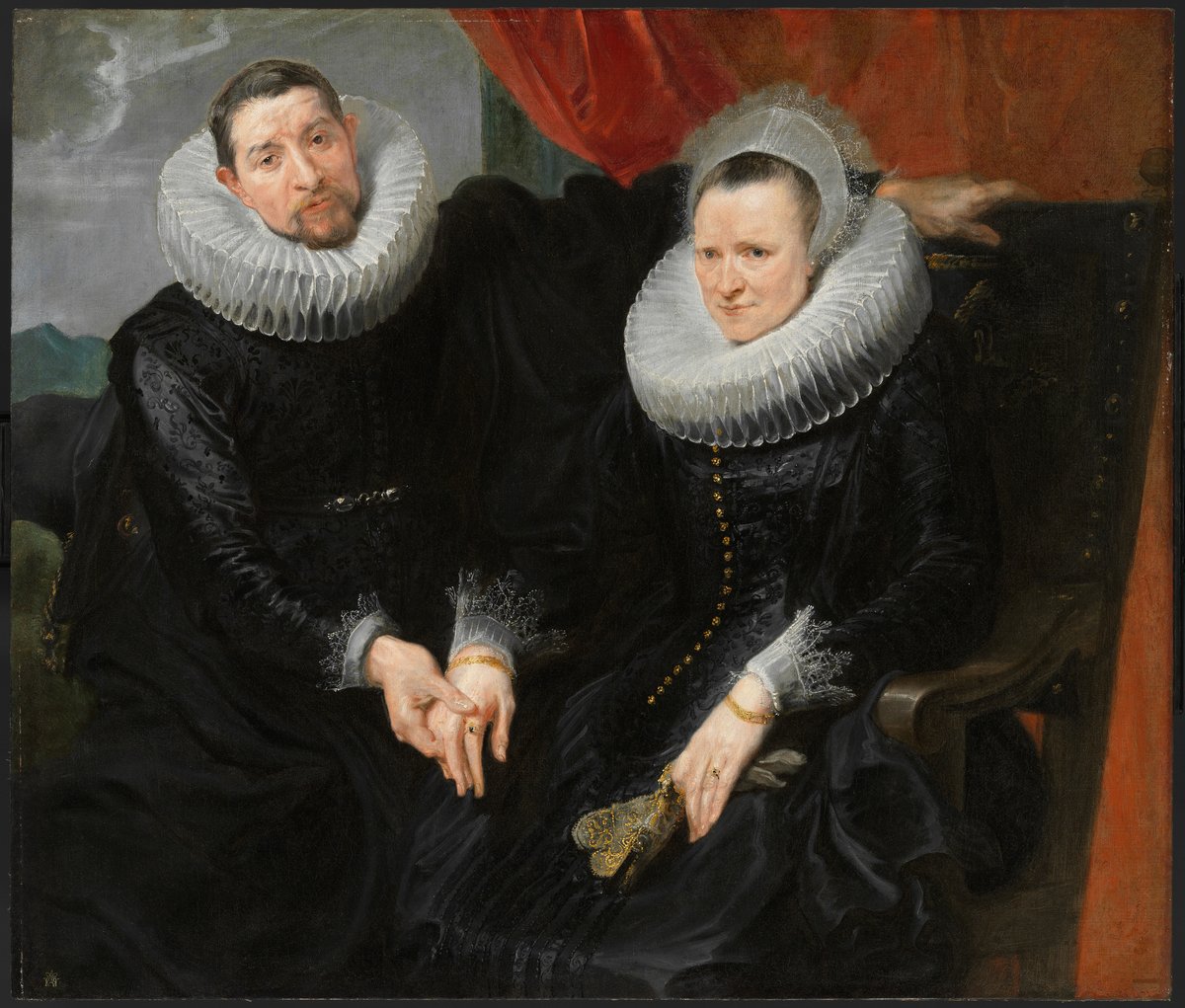
Portrait of a Married Couple
Old Master Paintings
This unmatched masterpiece has been added to the collection of the Museum of Fine Arts through the highest-value purchase of the last 100 years in the history of the institution. The large-scale painting by Anthony van Dyck has great importance not only for art history but also in the context of history and cultural history.
The wedding portrait of Princess Mary Henrietta was one of the last works painted by Van Dyck. So far, the Museum of Fine Arts only held two very early works by the painter: the poetic image of Saint John the Evangelistfrom around 1619–1620 and the Portrait of a Married Couple that Van Dyck painted at the age of nineteen but it nevertheless attests to his exceptional artistic skill and subtle human insight.
The exceptional picture is the portrait of Princess Mary Henrietta Stuart (1631–1660), eldest daughter of King Charles I of England, and it was commissioned to celebrate the alliance of the British and the Dutch courts sealed by a wedding. On 2 May 1641, Mary Henrietta Stuart married William II, Prince of Orange, the son of the stadtholder of Holland. At that time, the princess was nine and the prince was fourteen years old. Their child, who would be the English king as William III, was only born nine years later.
In the wedding portrait, the princess has a wedding ring on her left hand, and wears on her dress the large diamond brooch she received as a wedding gift from her husband. Her richly draped coral dress follows the new fashion that was introduced in the English court by her French mother.
In the last decades of his relatively short life, the Flemish painter, Anthony van Dyck, spent almost all his time in London, where he became the leading artist in the court of King Charles I. His elegant portraits of the ruling family and the English nobility radiate aristocratic grandeur and had a lasting influence on centuries of European portrait painting. The picture depicting Mary Henrietta Stuart is one of his last finished works. Art historians regard this version as being the first to be executed and highest quality of the known three variants. The personal relationship between the painter and his model most probably contributed to the intimate character of the picture, since Van Dyck painted several portraits of the princess during his stay in London.
Van Dyck: Wedding Portrait of Mary Henrietta Stuart
European Art 1250-1600, XXIII. room